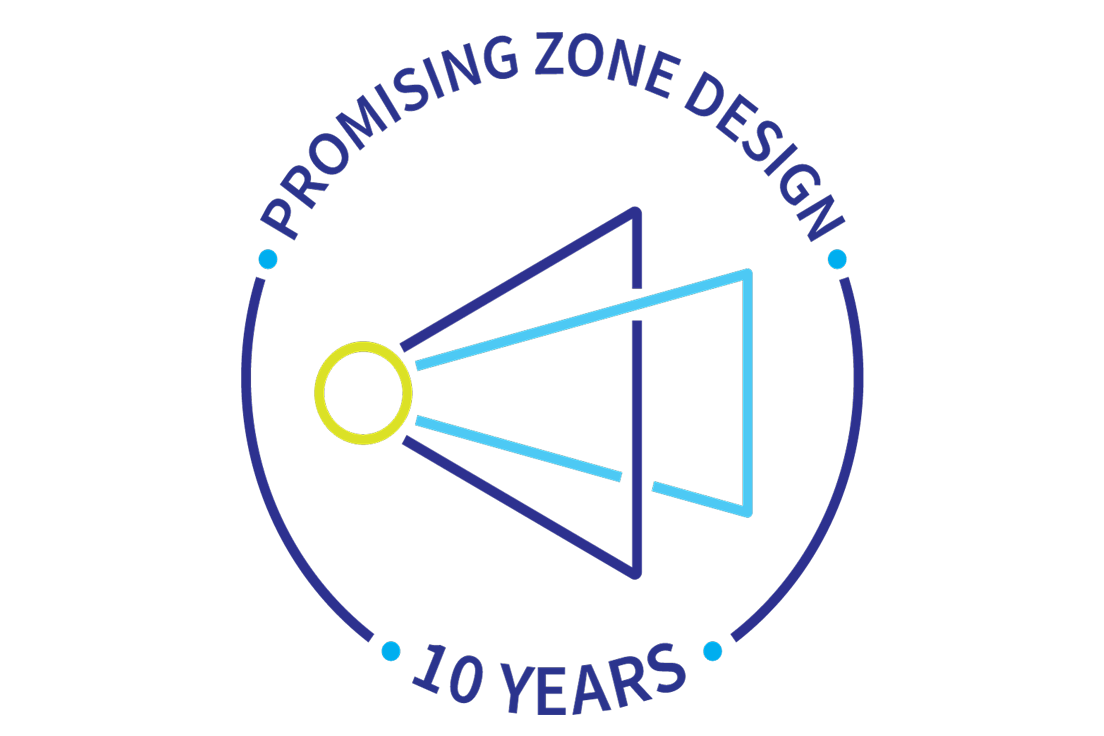Conditional Powers Vs Bayesian Predictive Power for Adaptive Sample Size Reassessment

Despite the debate in the scientific community on adaptive sample size reassessment (SSR), noteworthy developments have been seen in the application of this methodology. The expected benefit of using this method is reduced sample size and an earlier conclusion. The idea is to start with a small study and possibly increase the sample size post an interim analysis. We then analyze the final set of data and make a conclusion. When it comes to time-to-event trials, the impetus to manage sample size is one of two objectives. The other is to minimize follow-up time after interim analysis. Bayesian methods allow sponsors to achieve this.
A decade back, Cytel co-founder Professor Cyrus Mehta and Professor Stuart Pocock of the London School of Hygiene and Tropical Medicine, published Adaptive increase in sample size when interim results are promising: a practical guide with examples, where they discuss the benefits and limitations of adaptive SSR for phase 3 confirmatory clinical trials. This paper introduced the concept of the Promising Zone Design – a statistical method that transformed the allocation of scarce resources within a clinical trial setting and reconceptualized how sponsors could increase investment in their trials.
Traditionally, Adaptive SSR is carried out using conditional power (CP). In the absence of overwhelming efficacy, a Promising Zone is defined as CP between 30% and 80%. If the results of an interim analysis are not in the Promising Zone, a sponsor can continue their study without a sample size increase. On the contrary, if the result is in the Promising Zone, the sample size can be increased so as to achieve 80% conditional power.
This works well in event-driven trials where the requirements are based on the occurrence or frequency of pre-defined events. In a recent Promising Zone webinar, Cytel’s Executive Research Principal, Rajat Mukherjee proposes a new solution. He presents a Promising Zone design using a Bayesian Predictive Power (PP) calculation in a time-to-event trial where the sample-size and/or the minimal follow-up time may be increased following an unblinded interim analysis.
Client Background
The sponsor needs to design a randomized (two-arms) adaptive SSR trial with time-to-event primary endpoint to detect a hazard ratio of 0.75 with 90% power (type-I 2.5% one-sided). The control arm hazard is expected to increase over time with possibility of observing delayed treatment effect. The interest is in optimizing increase in sample size and minimum follow-up if the interim results are promising (but not favorable).
Proposed Solution
Cytel proposed using Bayesian predictive power (PP) instead of CP. A Bayesian interim analysis allows robust prediction under non-proportionality of hazards and varying hazard rates over time. Frequentist CP calculations are based on summary measures, not all available data. Bayesian calculations make use of all available data, thereby helping to manage issues with follow-up. Another drawback of using Frequentist CP calculation is that it is based on the number of events of interest rather than sample size and minimum follow-up duration.
During the webinar, Rajat discussed the pros and cons of using CP versus PP. Watch the on demand webinar to learn more.
About the Author of Blog:

Mansha Sachdev specializes in content creation and knowledge management. She holds an MBA degree and has 11 years of experience in handling various facets of marketing, across industries. At Cytel, Mansha is a Content Marketing Manager and is responsible for producing informative content that is related to the pharmaceutical and medical devices industries.


